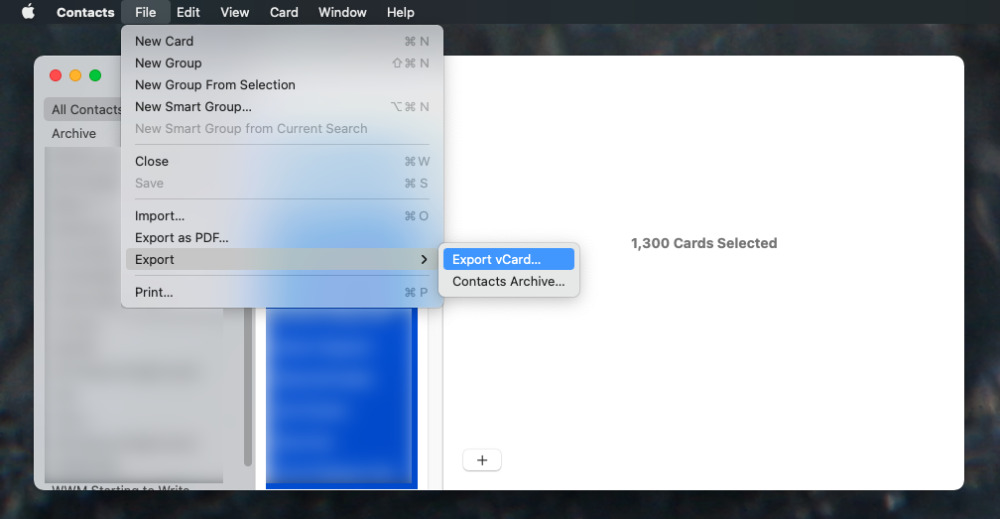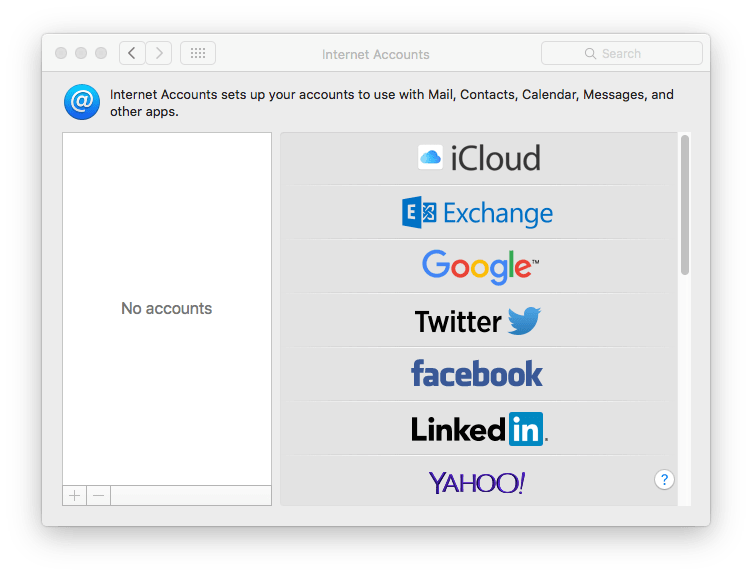

It can work either from the addresses stored in the Contacts app (which, in general, live in your iCloud account) or from your Google contacts. Sparks stores his contacts in Apple’s app, but also uses Cobook, ‘which is much faster and always rests in my menu bar.’Ĭobook, which I only looked at on Sparks’s recommendation, can merge contact data from various places, including-for free-Facebook, Google, and Twitter. That platform used to randomly make multiple copies of contacts with no rhyme or reason.” When Sparks runs into trouble now, he uses the $5 app Contacts Cleaner to eliminate duplicates and fix other issues.


I think part of my hang-up is I remember how terrible contact syncing was back in the Palm Pilot days. Macworld contributor and cohost of the Mac Power Users podcast David Sparks sticks with iCloud because “Microsoft Exchange has been a little more spotty. Macworld senior contributor Glenn Fleishman said his dependence on iCloud “is stupid of me, as I shouldn’t trust it.” But another contributor, Marco Tabini, said that “so far, iCloud does an admirable job of keeping everything in sync and safe from loss.” But the reliance on iCloud, at least on occasion, seems at best unenthusiastic:Įach of the five experts I spoke to uses iCloud for contact syncing I’m the lone outlier who relies on Google. Everything else-apps, messages, widgets, customizations-obviously won’t follow you to your new phone so you’re on your own there.You have options: For example, you can use iCloud to sync contacts between Apple devices (iPhones, Macs, iPads) or you can use services like Google or Microsoft Exchange to sync instead-particularly if you need to sync your contacts with non-Apple devices, or if you just question iCloud’s reliability.Įach of the five experts I spoke to uses iCloud for contact syncing I’m the lone outlier who relies on Google’s syncing instead. Google prompts you to request to transfer a copy of your data from Apple, which brings you to Apple’s Data and Privacy management page. Then you’ll start the copy process, beginning with iCloud. Skipping the QR step brings you to a Messages window, which merely reminds you to turn off iMessage so you’ll be sure to get all of your texts on your new device. A screenshot in the App Store listing shows toggles for Contacts, Calendar events, Photos, and Videos, all of which are fairly basic and something many iPhone people probably already sync via Google Photos and Google Calendar. But it’s probably similar to the way Apple links old and new iPhones during setup for quicker device access. We tried resetting a Pixel phone but couldn’t get the code to appear, so we’re not totally sure what it does. The process starts by asking for a QR code, which will presumably appear on the Android phone during setup.

Google’s new app-which doesn’t appear to be listed in search yet-is fairly straightforward.


 0 kommentar(er)
0 kommentar(er)
